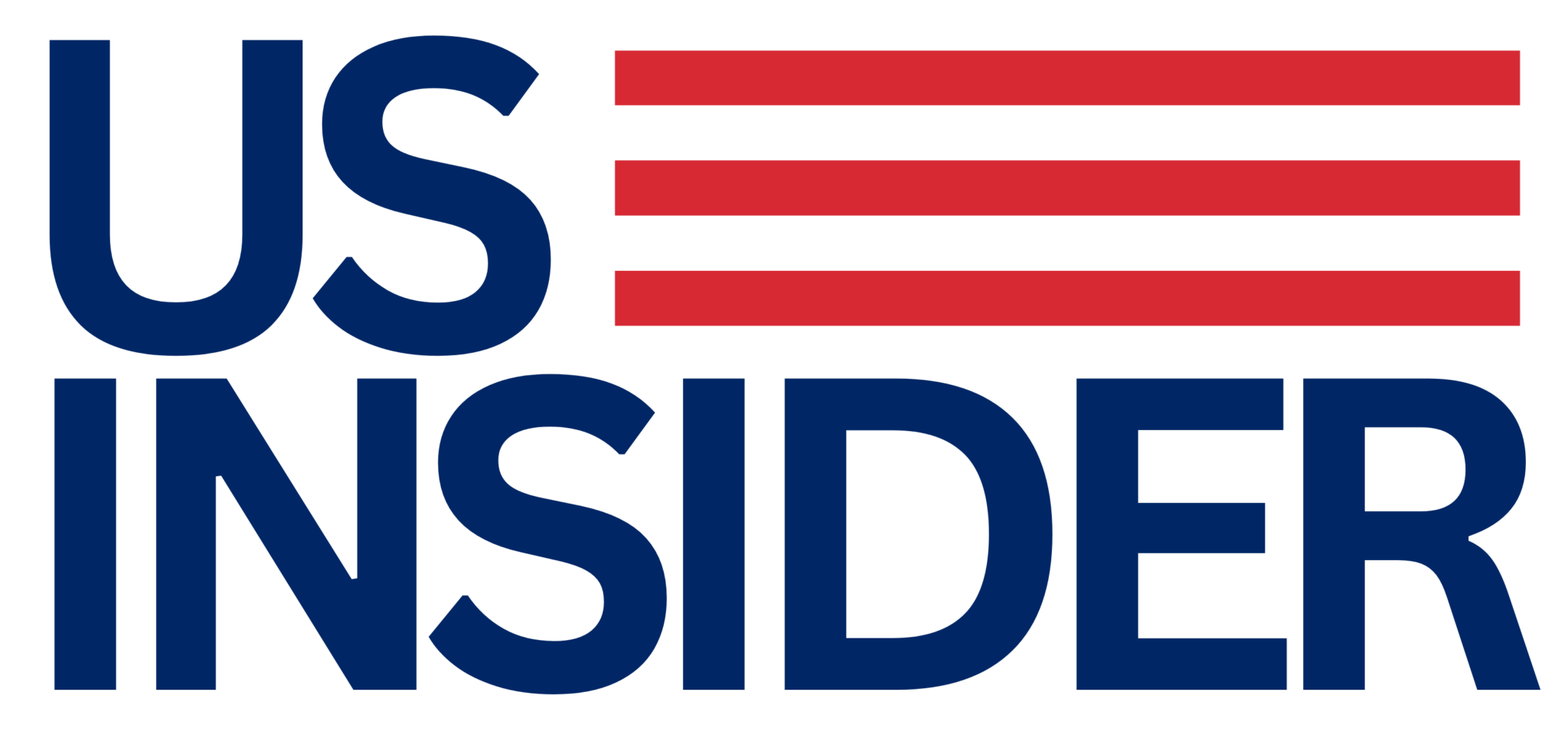Today’s urban environments boast billboard advertisements that capture passersby’s attention and provide businesses with an excellent way to leave an everlasting impression on consumers. But successful billboard campaigns require much more than eye-catching visuals or catchy slogans; successful ones also involve understanding consumer psychology, behaviorism, and sociology – things we will explore further here in this article!
Understanding Consumer Behavior
Consumer behavior is like an intricate puzzle with perceptions, motivations, and decision-making all playing an essential part. Decoding this behavior for billboard advertisers is key in crafting messages that resonate with target demographics; by understanding all its intricacies they can craft campaigns tailored specifically towards them.
Advertisers can gain insights into consumer behavior through consumer research. By understanding their motives for taking certain actions such as making purchases visiting websites or engaging with brands on social media platforms such as social media. With this insight at their disposal, advertisers can tailor messaging and creative elements in billboard advertisements to capture attention effectively while sparking meaningful interactions among their target market.
Deciphering consumer behavior requires more than simply demographic research: it also necessitates an in-depth knowledge of psychological principles and human nature. By diving deep into motivations and emotions that drive consumer choices, advertisers can develop campaigns with deeper resonance for greater success.
Applying Psychology to Billboard Design
Billboard designs must elicit emotional responses and shape consumer perceptions to be effective advertisements. Color, imagery, and font can all affect how viewers react to an ad; by employing principles of color psychology and message framing, advertisers can craft ads that not only draw the eye but leave lasting memories behind as well.
Color can evoke specific emotions and associations that support brand messaging while creating an immersive visual experience for viewers. Furthermore, imagery selection plays an integral part in shaping consumer perceptions and attitudes toward a product or brand; by selecting images that resonate with target audiences, advertisers can foster engagement that drives long-term brand loyalty.
Message framing is another powerful weapon in an advertiser’s toolkit, providing them with the opportunity to influence consumer perceptions and actions in ways that resonate with viewer needs and desires. By structuring messages to meet those requirements and increase the effectiveness of billboard campaigns – whether using scarcity tactics to increase urgency, social proof to build credibility, or strategic message framing to provoke viewers into taking immediate action. Advertisers can develop billboard designs that not only catch attention but drive meaningful engagement resulting in positive business results.
Targeting Specific Audiences
To increase the efficacy of their campaigns, advertisers should employ segmentation and personalization techniques to tailor messages directly towards specific demographic groups. To do so successfully, advertisers need a firm grasp on individual preferences, behaviors, and needs across each audience segment they target – through detailed audience profiling analysis, they gain insight into what sets groups apart from one another.
No matter their demographics: age, gender, location, or interests- advertisers use insights gleaned from demographic information to craft targeted billboard advertisements that resonate with their intended audiences. By developing messages and visuals tailored specifically towards demographic groups’ desires and aspirational messages, they increase both relevance and impact of billboard ads.
Segmentation and personalization techniques extend far beyond targeting demographics: they enable advertisers to craft campaigns that reach specific target audiences at exactly the right moment in time, such as location-based targeting that allows advertisers to deliver tailored messages based on viewer location.
Ethical Considerations and Best Practices
Understanding consumer behavior is an invaluable asset to advertisers; however, its ethical application must not only benefit but also respect consumer privacy. When advertising with billboards billboard campaigns must adhere to ethical standards while respecting user data privacy.
Advertisers who adhere to best practices can ensure their ads not only drive results but also cultivate lasting relationships with their audiences. By remaining honest regarding the intentions behind their advertisements and using any data collected responsibly according to applicable laws and regulations, advertisers can create effective campaigns that generate results while building rapport among audiences.
Closing
Successful billboard ads don’t only rely on flashy visuals or catchy slogans – they rely on an understanding of consumer psychology to craft impactful campaigns that resonate with audiences on an in-depth level, driving engagement with target groups – and ultimately driving results! As advertising continues to evolve, an understanding of consumer behavior remains key in creating campaigns with lasting effects that leave an impactful imprint.
Published by: Holy Minoza






